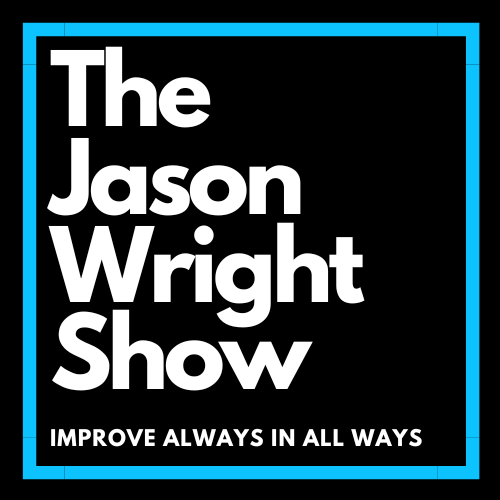full
"Wright On" Wednesday-Wright On Breaking Bad Habits: What's Your Identity?
Breaking Bad Habits: The Power of Identity-Based Habits
Today, we’re diving into the fascinating world of habit formation and how you can break free from those pesky bad habits that have been holding you back. We’ll explore the groundbreaking insights of James Clear, author of “Atomic Habits,” and discover the transformative concept of identity-based habits.
Habits and Identity:
Habits play a significant role in our lives, influencing our success, well-being, and overall happiness. James Clear’s book, “Atomic Habits,” has become a beacon of guidance for anyone looking to understand and harness the power of habits. Clear emphasizes the importance of identity-based habits, a concept that goes beyond the mere act of habit formation and delves deep into the core of our identities.
The traditional approach to habit change often focuses on the behavior itself. For instance, if you want to quit smoking, you might focus on resisting the urge to light up. However, this approach can be limiting because it neglects the underlying beliefs and identity that drive the behavior.
Identity-Based Habits Defined:
Identity-based habits are grounded in the idea that true behavior change begins by first shifting your identity, the way you perceive yourself. Instead of trying to change what you do, you start by changing who you believe you are. This concept recognizes that we are more likely to stick with habits that align with our self-image.
For instance, if you see yourself as a non-smoker rather than someone trying to quit smoking, the decision to decline a cigarette becomes less of a battle. Your identity has already integrated the habit, making it more natural and less strenuous to maintain.
The Habit Loop:
To understand identity-based habits better, let’s revisit the habit loop, a fundamental concept in “Atomic Habits.” The habit loop consists of three components: cue, routine, and reward. Traditionally, people focus on modifying the routine, but identity-based habits go deeper.
- Cue: This is the trigger that initiates the habit.
- Routine: The actual behavior or action.
- Reward: The positive outcome or feeling associated with completing the routine.
Identity-based habits insert a crucial fourth element into this loop:
- Identity: The self-image or belief that underlies the habit.
Practical Steps for Embracing Identity-Based Habits:
- Self-reflection: Begin by examining your current self-image. What identities are shaping your habits? Identify both the positive and negative aspects of your identity.
- Define your desired identity: Clearly articulate who you want to become. Instead of saying, “I want to lose weight,” say, “I am someone who values and prioritizes health.”
- Align habits with identity: Map out the behaviors that align with your desired identity. Break them down into smaller, manageable steps to make them more achievable.
- Consistency is key: Practice these identity-based habits consistently. Remember, you are not changing behaviors; you are transforming your identity.
- Embrace setbacks: Understand that changing your identity and habits is a journey with ups and downs. Don’t be discouraged by setbacks; instead, use them as opportunities for growth.
Conclusion:
Breaking bad habits and building new, positive ones is a transformative journey. James Clear’s concept of identity-based habits, as outlined in “Atomic Habits,” provides a powerful framework to help you make lasting changes in your life. By aligning your habits with your desired identity, you can unlock your full potential and create a life that reflects the person you aspire to be.
Remember, it’s not just about what you do; it’s about who you believe you are. Embrace your new identity, and watch as your habits naturally fall in line with the life you’ve always wanted. So, go ahead, rewrite your story, and let your identity-based habits pave the way to a brighter future.
Follow me on Social Media
Intagram
YouTube
———————————————————–
Grab a Copy of My Books
“The Stone Chiseler”
“Push Play: Taking Your Life Off Pause”
——————————————————–
Want to Improve always in ALL ways?
Please checkout The Vitruvian Lab, my personal training and coaching site for both live and on-line training for:
Health and Longevity
Mindset Optimization
Behavioral Science
Business Mentoring
——————————————————–
Thank you for listening to The Jason Wright Show. If you liked this episode PLEASE subscribe and leave a 5 Star rating.
I’m always writing articles on ways to improve always in ALL ways! Please consider signing up for my newsletter, ‘The Vitruvian Letter.’

